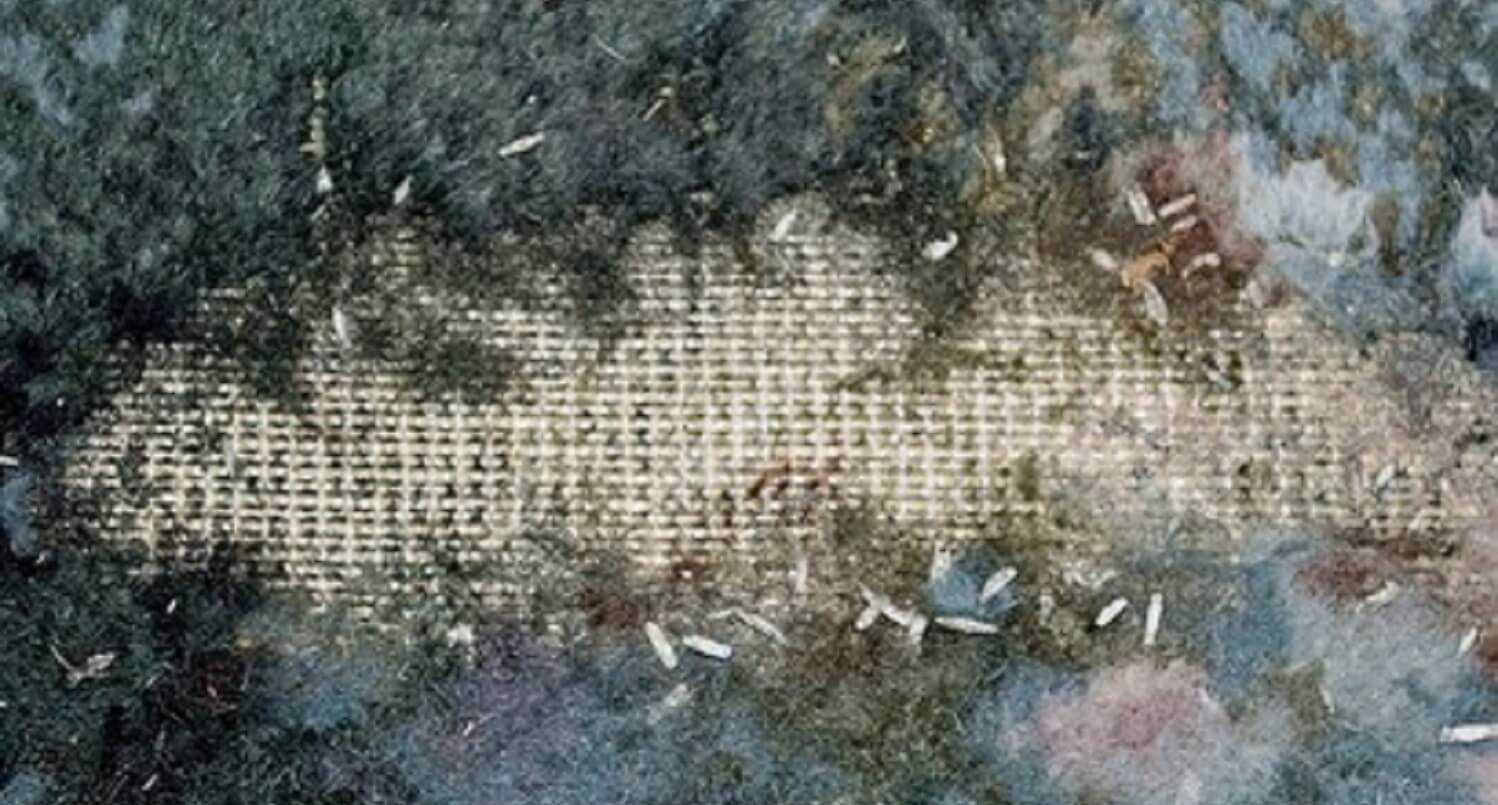Moth proofing, a compulsory process for all rugs wishing to last
Moths are commonly referred to as insects whose larvae feed on animal hairs and other fabrics. Depending on the climate and whether or not the rug is under heavy use, moths can be expected to be found in a matter of time when one owns a rug. Moths have a variety of different breeds as do most insects and animals. The most malevolent of these breeds to rugs are the; Trichophaga tapetzella (the carpet moth or tapestry moth) and the Monopis crocicapitella (pale-backed clothes moth). The latter was discovered to have had a dramatic increase within south east England via a 2018 study on 11 English heritage properties. This shows us the detriment posed by the ever multiplying moths to areas where weather can be deemed damp or dark.
Handmade rugs are designed to last hundreds of years as shown through the The Pazyryk Carpet which has been dated to the 5th century BC. However despite the tremendous ability of handmade rugs being able to last centuries when looked after correctly, in just the short period of a year one can potentially lose a carpet or rug to the ever multiplying moth.
Moths on hand made, machine made and other rugs are not only found in areas which do not receive much sunlight, but areas that may not be as often vacuumed and tread upon, such as; under sofas and couches. These factors play a large role in the building up of moths and their larvae as it provides them with the ideal surroundings to thrive and multiply. It is therefore imperative to move rugs and carpets around and give them a thorough vacuuming and shake every once in a while to prevent the build up of insects such as carpet beetles, or other bugs feeding on other contaminants the rug fibers are holding on to.
However, beyond areas of the rug where one might not tread upon or vacuum to an extent, rugs kept in storage for a prolonged time are an invitation to moths. Handmade rugs, machine made and other rugs kept in cool, dark storage facilities are a feast for moths and their larvae as they encompass the necessary means for their survival. This is due to an absence of sunlight and movement, which allows the moths to eat away at the rug/rugs undisturbed and as a result multiplying and spreading onto other woolen products within the property. Upon realizing that moths have attacked a rug or any wool product you own, you must thoroughly check all your wool products and if infected by moth larvae, must be exposed to sunlight and kept away from other existing unaffected possessions within the property. Even when Rug experts such as rugmaster are called to collect moth infested rugs, they are certain to keep the moth infested rug separate from all other rugs they have collected and and are working on. This undoubtedly shows the precedence of moth infested products staying away from other wool items.
Sunlight and vigorously scrubbing the moths whilst exposed damages their existence greatly which just leaves you to deal with the further cleaning, dusting, moth proofing and repairs of the rug/carpet. Professional rug experts such as our team at Rugmaster would be usually called in these instances, saving the rug, returning it to its original state and completely eradicating all signs of the moth's existence.
It is professionally advised to wash a rug once every 2-5 years to prevent such infestation. The most recommended would be an establishment that would cater your rug through the processes of washing, dusting and most importantly mothproofing. This process will not only revitalize your rug and bring its lost colours back to life but will also prevent such build up of moths. Our team at Rugmaster pride themselves on providing a most exceptional service whence catering to the issue mentioned, allowing rugs to last the duration they are designed to last.
Trust RugMaster for moth proofing and comprehensive rug care services in london. Our expertise extends to professional rug cleaning, rug repairs, and rug restoration. Whether you're looking for Rug repair London, Persian rug restoration, or Rug repair near me, RugMaster provides unparalleled service. Protect your investment and enhance the beauty of your rugs with our professional rug cleaning and meticulous restoration techniques.
Rugs that are damaged by moths tend to leave bald spots where the pile has been masticated by the moth larvae. Such damage can truly be a blight within the near perfect geometrical designs the weavers implement into their handmade rugs. Weavers take anything from many months to many years weaving handmade rugs, whereas moths and their larvae have the ability to reduce years of druderous work into mere smithereens in a matter of months. Moth damage on rugs is usually easy to spot, for the damaged areas tend to contain white webbing which is in fact the moth larvae(their eggs and spawn). One can also typically notice moth damage through the larvae which are white worms that continuously wiggle away at the rugs fibres. Upon realizing the above you should take all necessary precautions mentioned, or simply call our expert team at Rugmaster.
